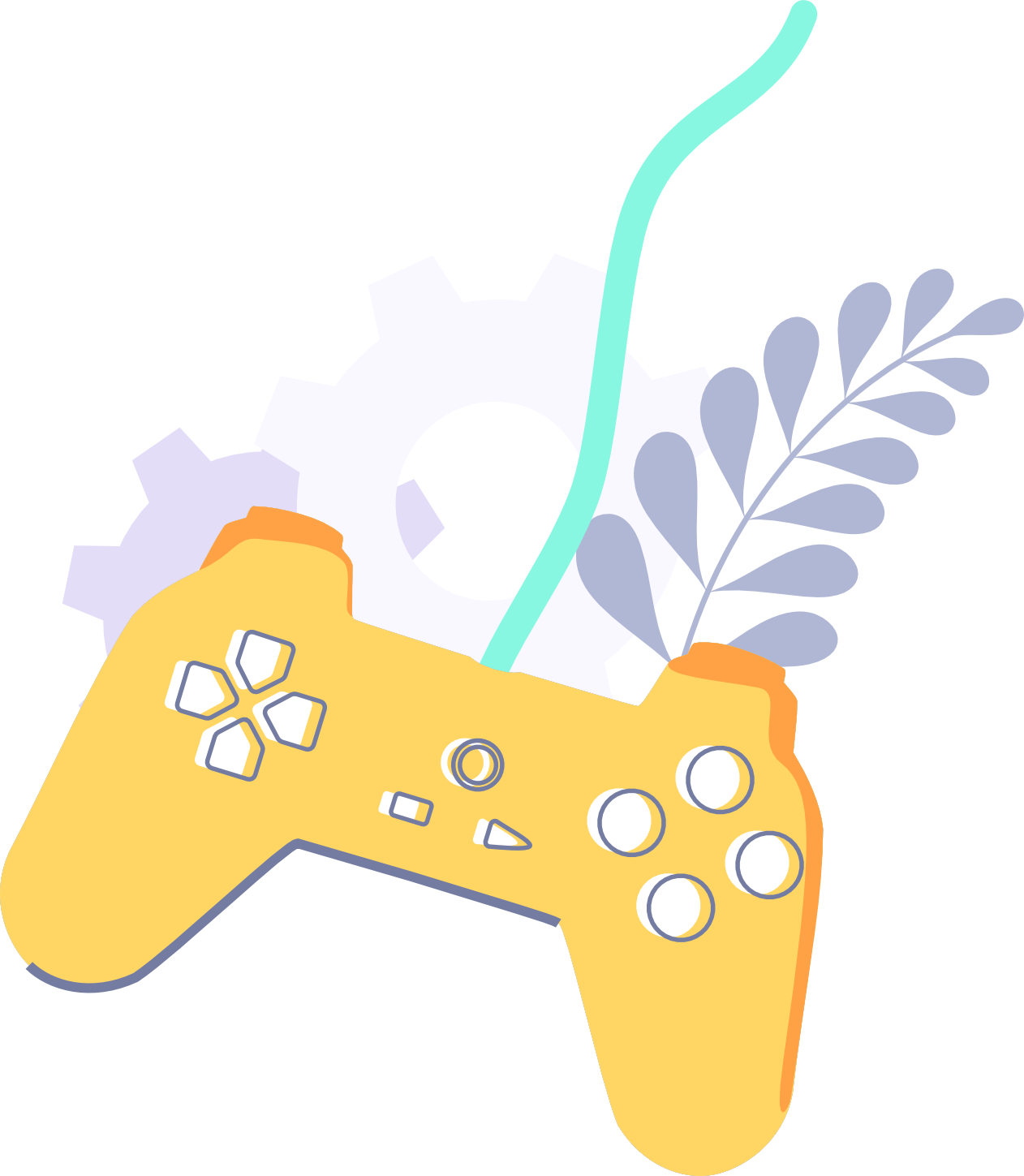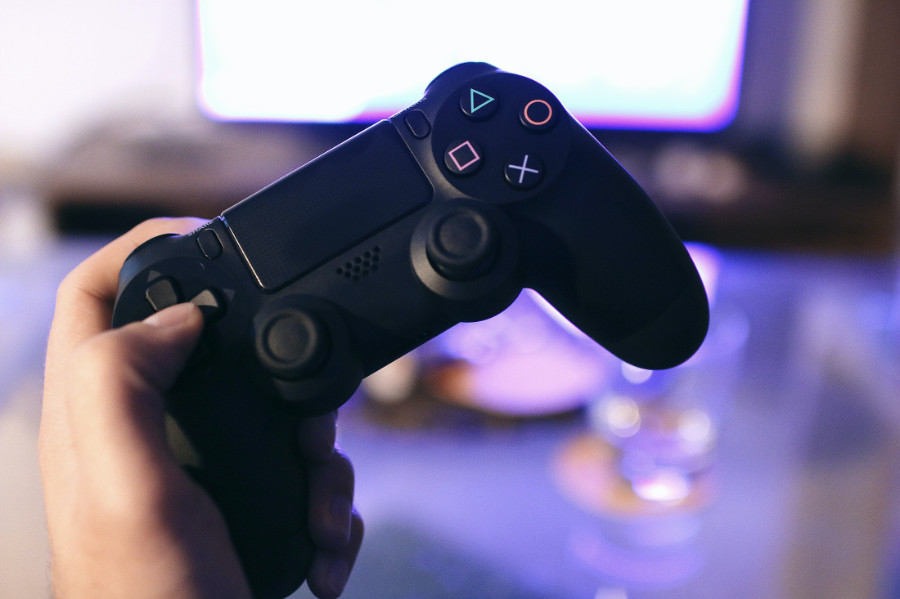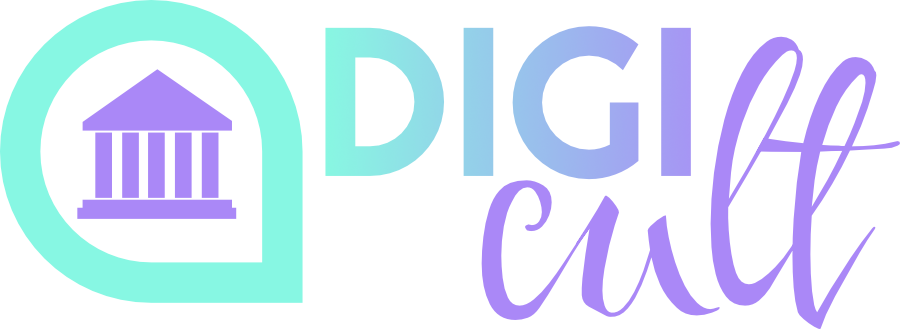Project Result 3
Digicult Educational Game
| MONTHS | M21 | M22 | M23 | M24 | M25 | M26 | M27 | M28 | M29 | M30 |
Project Result 3 |
Start – end date: M21 01/09/2023 – M30 30/06/2024

Phase Leader: DIGIPRO
(supported by FAI, TDS, NCK and eMundus)
Participating Organisations: FAI, TDS, NCK, eMundus, CIOFS, BJC, IZTZG.
- Activity 3.1: Design of DIGICULT educational game. Gaming techniques will be applied to cultural heritage: not only it will create something fun but it will also inspire creativity, engagement and even social change. A selected group of VET learners will be called to contribute to design the DIGICULT educational game, which will be centred on the development of contents and competences acquired during the DIGICULT pathway. Task leader: DIGIPRO (supported by FAI, TDS, NCK and eMundus)
- Activity 3.2 – Realization of the DIGICULT educational game. Starting from the initial idea, DIGIPRO will develop the contents and the design of the gaming activities. It will be declined in the form of an educational game, e.g.: a quiz format, which includes questions to be answered in order to test the users. It will also include a scoreboard to motivate them. Questions will be displayed in text, images, videos, and several add-ons. The game will be released in a nonlinear form so users can jump from stage to stage. Task leader: DIGIPRO (supported by FAI, TDS, NCK and eMundus).
Results: 1 DIGICULT Educational Game.
Result type: Learning / teaching / training material – Educational game.
Result media: Video, Social Media , Internet.
Result Languages: English, Croatian, Italian, Lithuanian, Swedish, Greek.
Activity 3.1

Gamification enhances learner motivation, leading to more attention to content. Such activities will be developed in order to engage more time devoted by young learners. Gaming techniques applied to cultural heritage courses include the development of educational scenarios and routes based on key historical topics with learners having a chance for first-hand experiential learning. By using technology focused on how the user interacts with exhibits, museums not only create something fun but can also inspire creativity, engagement, or even social change.
A selected group of VET learners (both young and trainers, 5 per Country) will be called to contribute to design the DIGICULT educational game, centred on the development of contents and competences acquired during the DIGICULT pathway.
The virtual game will be based on some of the concepts learned and addressed (such as digital tools, storytelling, cultural heritage interpretation, management and related cultural jobs) according to a creative, playful and entirely digital methodology. Once designed, the virtual game will undergo a test: it will be tested by a target group, selected among all VET learners, as well as by external focus groups made up of a sample of students and trainers potentially interested in using it.
Activity 3.2
Once the idea of the Game is set, DIGIPRO will develop, on the agreed contents, the design of the gaming activities.
The game will be thought as a path and it will act as a route, with a scoreboard, through which users can jump from one stage to another. The contents collected will be “translated” making use of an appealing form, relying not solely on text, but using images, videos, and other add-ons.
DIGIPRO, as an ICT company, will be in charge of creating the digital structure and the graphical interface of the virtual game, crucial for the activity success. At the end of the project, following to the definition of a specific protocol, the virtual game will be made available and freely accessible on the DIGICULT website. It will be an online multilanguage Game so it could reach a wide public as well as stakeholders, which can make use of it or take inspiration from it.



